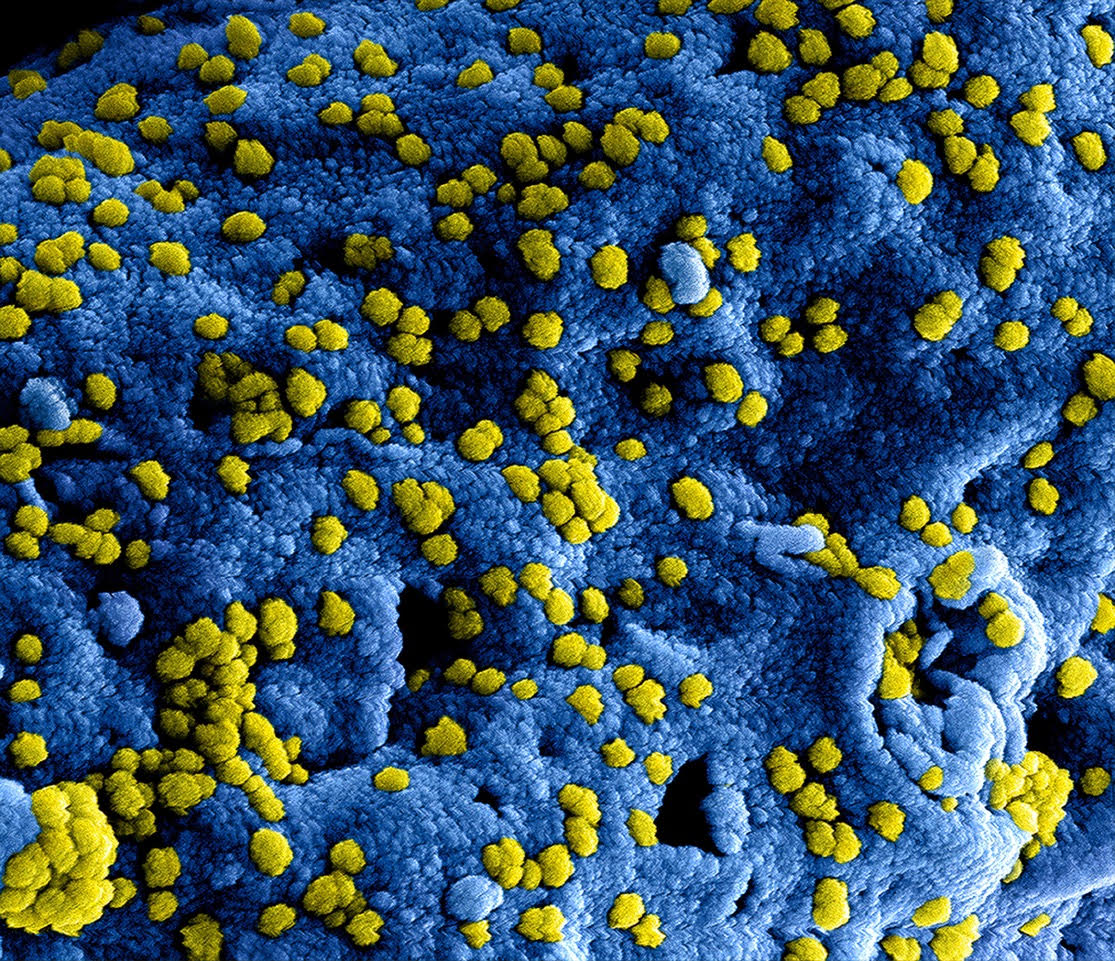There is no doubt that we are all tired of hearing about viruses! However, they actually do demonstrate some interesting features when we look at them more closely. These submicroscopic particles can reproduce themselves only inside a living cell. All life forms are susceptible to attack by at least one kind of virus. Basically, a virus consists of a protective protein coat with genetic information (RNA or DNA) enclosed inside. In that viruses commandeer the life processes of a cell which they have invaded, they tend not to need a lot of genetic information. Mainly their information deals with how to synthesize the protein coat and any associated molecular machines for packaging the genetic material into the protein capsid (coat).Viruses are quite diverse: some contain RNA for their genetic information, others have DNA. Some exhibit single stranded molecules of genetic information, others have double sided DNA or RNA. No known viruses contain ribosomes, so they cannot manufacture their own proteins apart from the machinery of a host cell. Viruses also cannot generate or store energy in the form of ATP. They depend upon the host cell for that as well.
We are all only too aware of the devastating effects more common viruses can have on their victims. On their protein capsid exterior, viruses need a very specifically shaped protein which is able to connect with a specific protein receptor on a victim’s cell surface. The viruses also require a very specific means of gaining access to the cell once they has attached to the surface.
One of the most interesting cases of a means to access the inside of a victim cell, is that of the bacteriophage. Those look like miniature spaceships – an icosahedral head with a projecting tail and stabilizing devices like the kick stand of a bicycle. Anyway, the virus settles tail end down onto a suitable bacterial cell and stabilizes itself with the landing gear. The virus then punches a hole in the bacterial wall with “exquisite specificity and efficacy.” The action resembles a spring-loaded spear gun. It happens like this. The tail is armed with two concentric tubes. The outer one contracts and the inner one is thrust with great force into a bacterial host cell. The DNA inside the virus head, is then shot under pressure into the cell.
The wonder of all this is that some living bacteria exhibit a very similar system to the phage weapon. The bacteria are themselves able to attack other bacteria or animals or plants. These bacteria exhibit what is called the T6SS (type 6 secretion system). Armed with the T6SS, a bacterium too punches a hole in the victim’s cell wall or plasma membrane, also with great force. Similarities between the two weapon systems have not escaped the notice of biologists. But how did a virus (non-living) and a bacterium (living) come to exhibit so similar a weapon? An article in Nature declared: “our findings strengthen the existing hypothesis that the T6SS is evolutionarily and functionally related to the bacteriophage.” [Alistair B. Russell et al. 2011. Nature 475: 343-347 See p. 346.] In other words, the virus and the bacterium share a common evolutionary history.
A number of other evolutionary scenarios can be found in the scientific literature. In general, the speculation is that a virus and a bacterium shared a common ancestor or a protein which led to development of the common weapon design. The problems with trying to explain such a process are mind boggling. Have they never considered that God conferred that design on two totally unrelated biological entities?
July 2021
Subscribe to Dialogue







